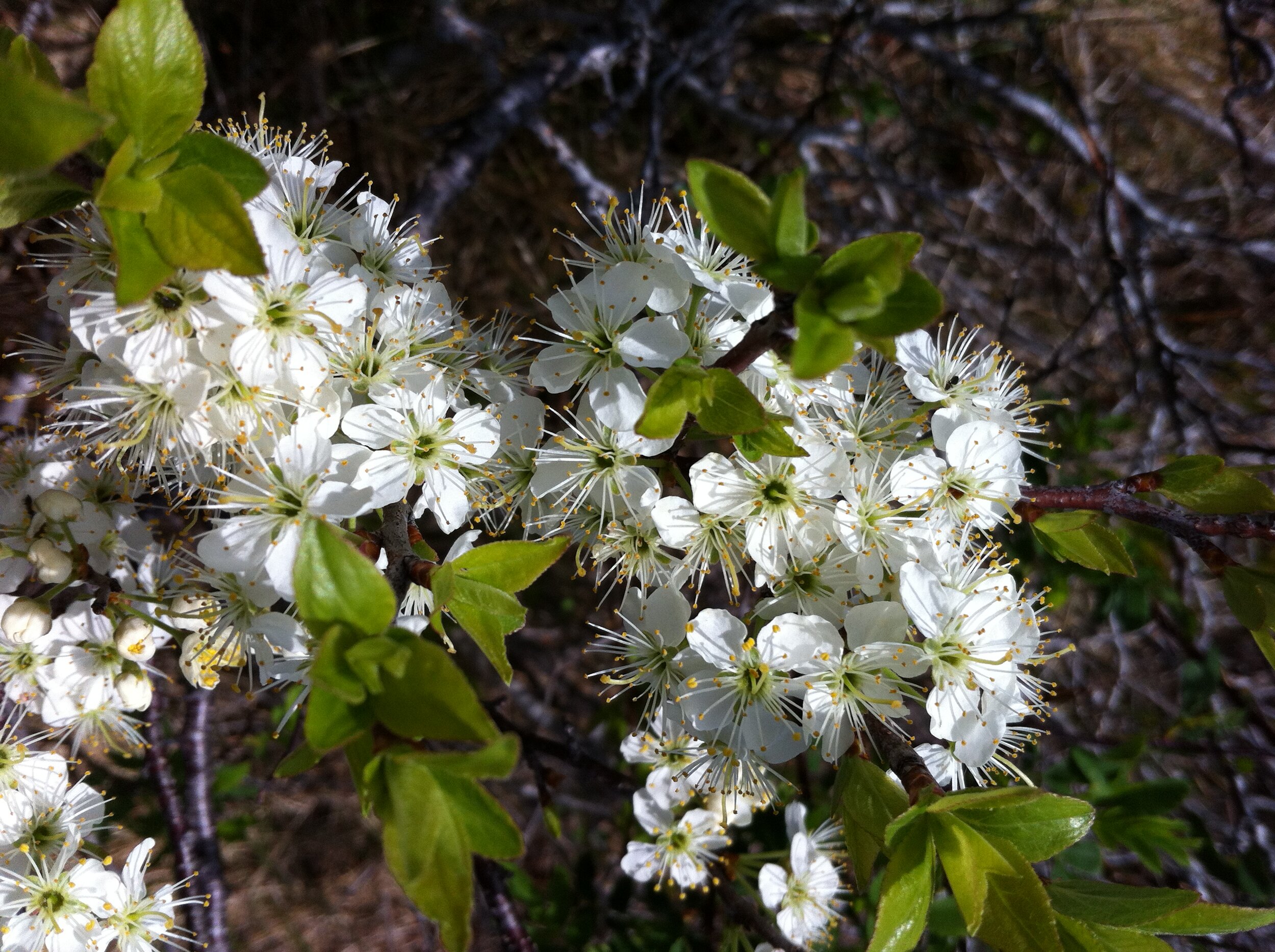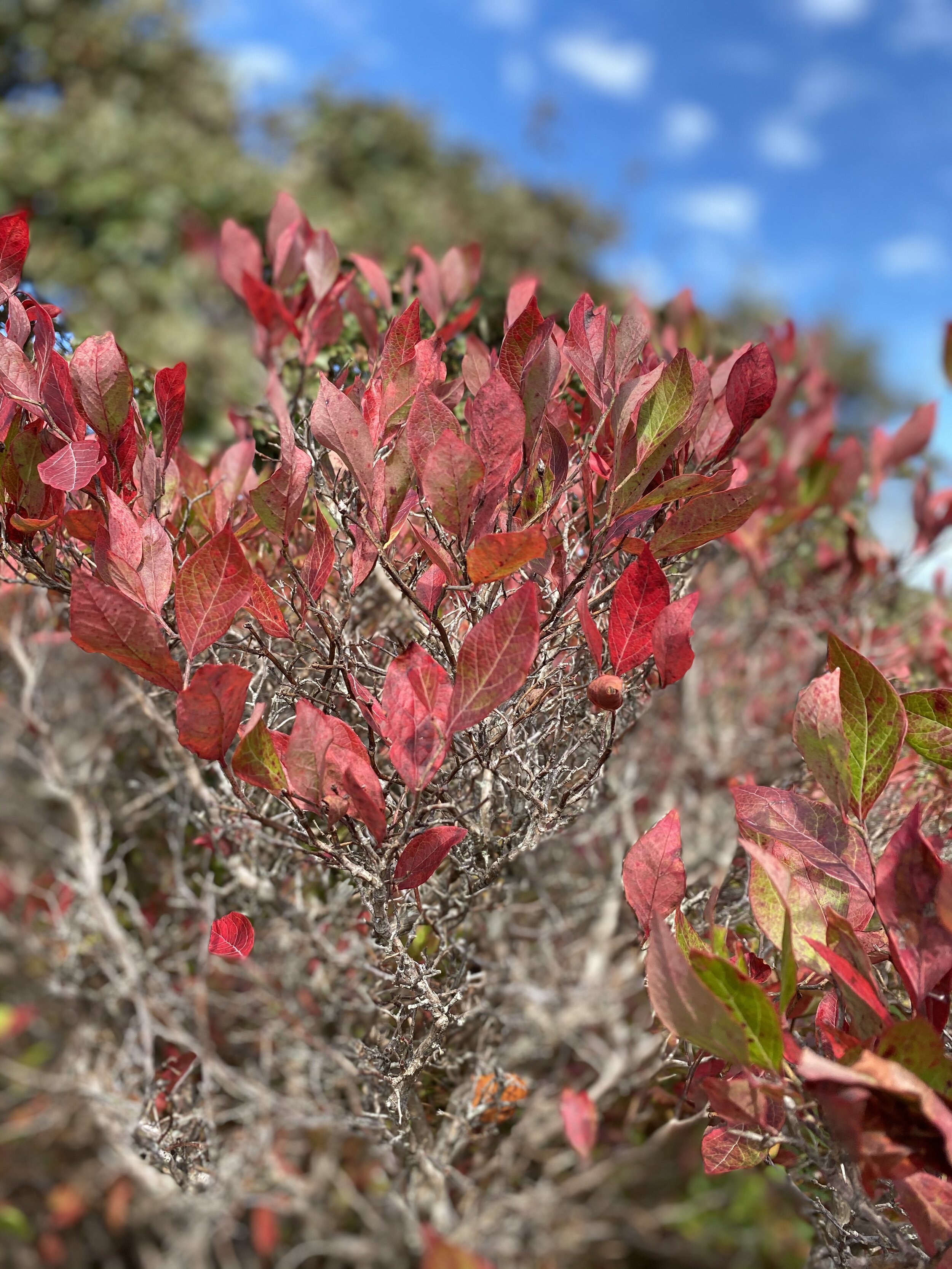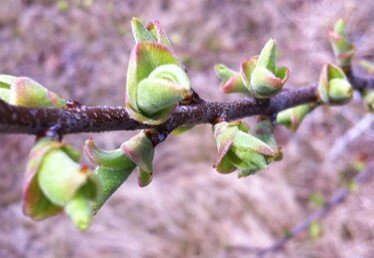Stories From Ashore: Nantucket’s Changing Climate, More Than Just Sea Level Rise and Erosion
At Envision Resilience, we support the exploration of science-based, design-led adaptations and we seek to amplify the anecdotal accounts of climate change in our community. In this series, Stories from Ashore, we will share stories of local Nantucketers and their experience with climate change, introduce you to people in our community who are imagining a future with increased water on their properties and discuss pathways forward. What will be your response to climate change?
By Dr. Sarah Treanor Bois
Living in a coastal community, the topics that are most often talked about when discussing climate change impacts tend to be sea level rise, erosion and storm surge. However, there are other aspects of climate change, in particular warming and precipitation changes, which are magnified in the New England region. New England air temperatures have warmed 1.7°C (~3°F) since 1901. We’ve also seen a 10% increase in precipitation in Massachusetts in the last 50 years. The magnification of climate change effects make Massachusetts, and Nantucket in particular, an ideal place for studying its impacts.
In addition to average temperatures rising, we are seeing the timing of warm temperatures change. This is seen when spring-like temperatures arrive earlier in the calendar year than previously recorded. Coupled with overall milder winters, this can create novel conditions where new species may be able to establish in an environment that was previously intolerable. These new conditions can also have an effect on the native flora—either as a community or individually.
At the Linda Loring Nature Foundation (LLNF), we have been studying the effect of climate change on our native habitats since 2014. As a land trust organization dedicated to preserving the biological diversity on Nantucket, the LLNF uses research and education to help people understand the world around them. Our research on native shrub responses to climate change is helping advance the science, but will ultimately help inform management decisions around the landscape as well.
With our Native Shrub Phenology project we record phenological events for eight native woody plant species at multiple sites across the LLNF property. Phenology is the study of nature’s timing; when a leaf bud opens or when a flower blooms, for example. These points of data can be observed and recorded over time so we know when these events happen on average. These phenological events are also linked to various environmental factors such as air temperature and precipitation. With enough data, we can begin to observe if and when the timing of these natural events starts to change.
This climate-related research project focuses on the effects of temperature on some of our common native shrubs. We chose to focus on shrubs because it is a project based on field observations and meant to be long-term. In short, we can tag shrubs and follow the same individuals for many years. And they are easy for volunteers and students to identify!
At LLNF, we are using the protocols established by the National Phenology Network which allows us to contribute our local data to the national database and for us to make comparisons to phenological events in other parts of the country. The species selected were chosen for being native, common and representative of the coastal shrubland community on Nantucket. We also collect air and soil temperature at each site, monitor precipitation on the property and collect other data points on various environmental conditions. Investigating common, native species will inform how our overall habitats are responding. Any changes to something common, like scrub oak, for example, could have larger impacts on the scrub/shrub community.
As climate change has been shown to shift spring leaf out and flowering times, there are significant implications for the natural systems of Nantucket. Since spring temperatures are one of the main drivers of spring leaf out in plants, earlier spring warming and lengthening growing seasons can cause shifts in leaf out timing among our native plant species. However, not all species respond the same. So far, in our research, we are not seeing a community effect. Rather, shifts in leaf out related to spring warming are species-dependent and more research is needed to understand the relationship between particular species and temperature.
We have also used experiments that mimic temperature extremes or extremely early springtime temperatures. With these experiments, we found that some species, like low-bush blueberry, can take advantage of earlier warming and leaf out as soon as conditions allow. Others, like black cherry, need a certain amount of cold period in the winter, known as “chill requirement.” If spring temperatures arrive too early, black cherry cannot leaf out immediately causing it to lag behind. Shifting leaf-out like this can have other consequences on specialist herbivores and pollinators, and potentially other indirect effects. More research is needed to investigate these relationships, make predictions about future change and understand some of the direct and indirect consequences.
As we at LLNF continue with this research and other related projects, you can follow the progress by following us on social media or signing up for our monthly newsletter at https://llnf.org/.





